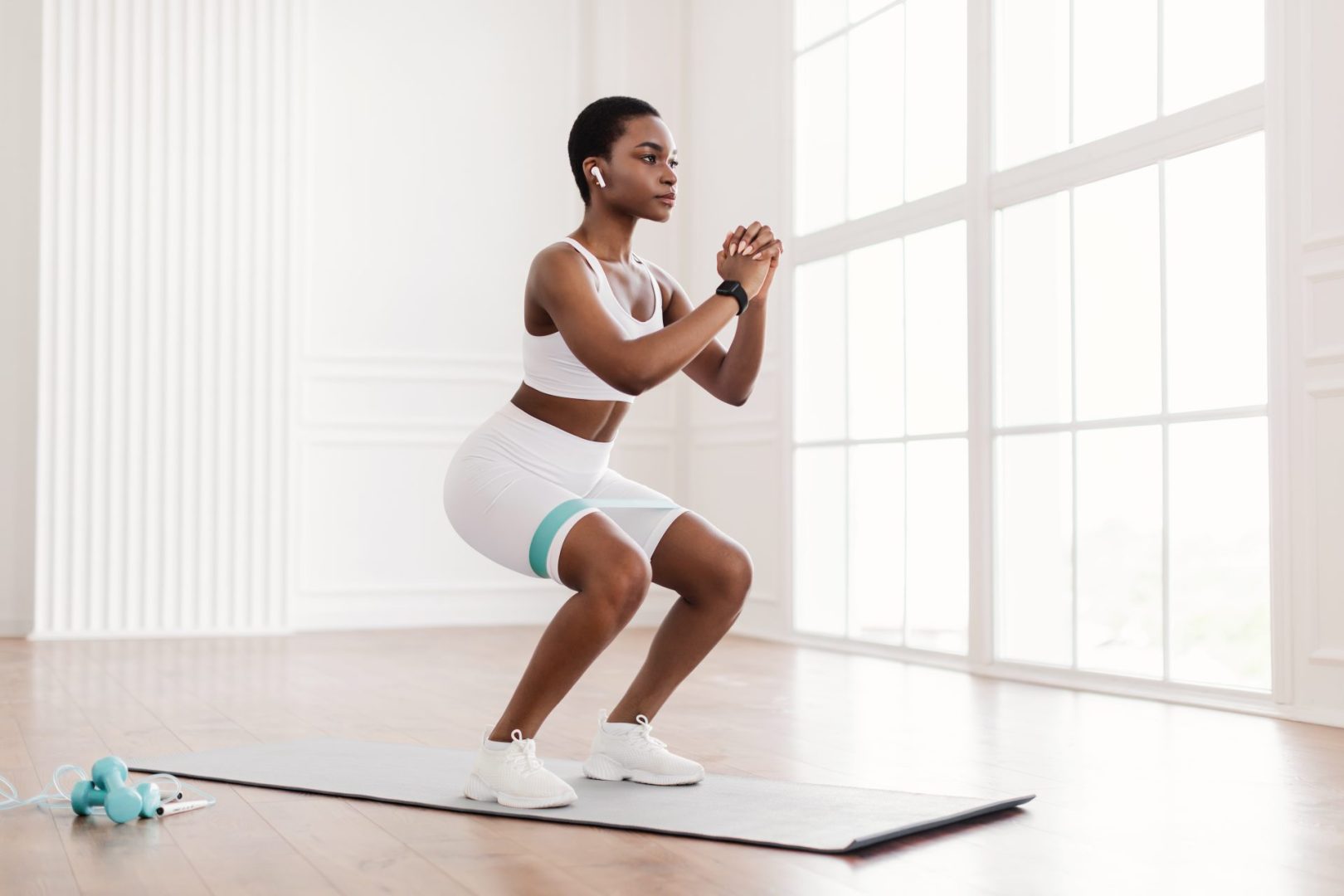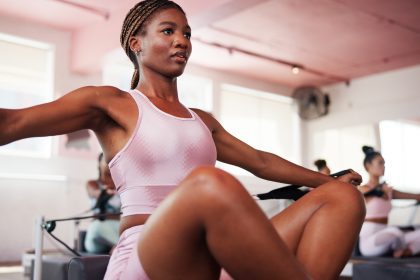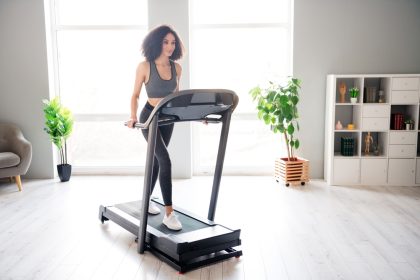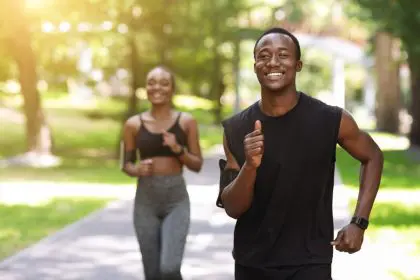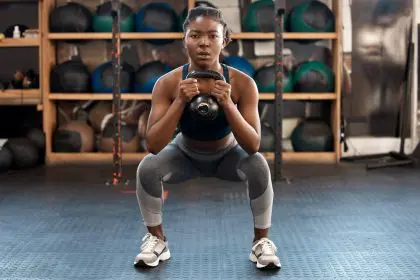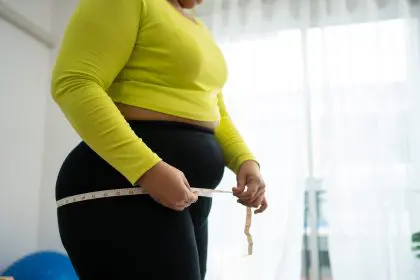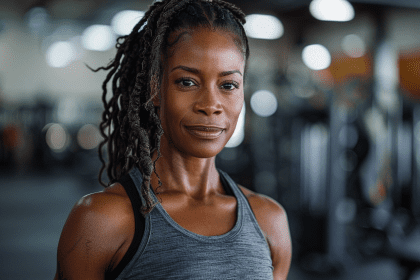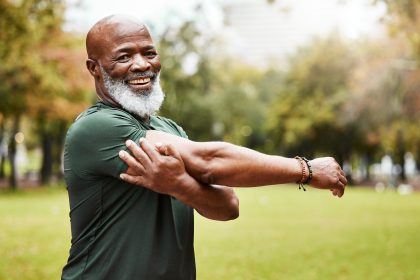The pursuit of stronger, more toned legs represents a crucial component of overall fitness. Research demonstrates that lower body strength directly impacts daily functionality, athletic performance, and metabolic health. Current exercise science reveals that targeted leg workouts can increase resting metabolic rate by up to 15% for 48 hours post-exercise, making it an efficient approach to overall body composition improvement.
While many individuals focus on achieving slimmer thighs, it’s essential to understand that spot reduction of fat remains physiologically impossible. Instead, the key lies in developing stronger leg muscles through comprehensive training. This approach not only enhances aesthetic appearance but also provides crucial functional benefits for daily activities and long-term health.
The science of leg training
Modern exercise physiology emphasizes the importance of multi-planar movements that engage multiple muscle groups simultaneously. This approach maximizes caloric expenditure while promoting balanced muscular development. Research indicates that optimal results occur when training legs three to four times per week, allowing adequate recovery between sessions.
The most effective leg-training programs incorporate exercises that target all major muscle groups through various movement patterns. This comprehensive approach ensures balanced development while preventing muscular imbalances that could lead to injury or reduced performance.
Essential movements for leg development
The foundation of effective leg training begins with the side lunge to crossover tap. This movement targets inner thighs, quadriceps, hamstrings, and gluteal muscles simultaneously. Starting with feet together, step wide to the left while bending the left knee and keeping the right leg straight. The movement continues by pushing off the left leg and shifting weight to the right foot, creating a fluid motion that engages multiple muscle groups.
Following this, the runner’s lunge to balance provides an excellent progression for developing both strength and stability. This exercise begins in a standard lunge position, then transitions to a single-leg balance, challenging both muscular strength and proprioception. Research shows that incorporating balance elements into strength training can improve overall movement quality and reduce injury risk.
The scissor power switch adds a dynamic element to the workout, combining cardiovascular benefits with strength development. Starting in a runner’s lunge, participants jump and switch legs mid-air, landing in an alternating lunge position. This plyometric movement increases power output while maintaining the strength-building benefits of traditional lunges.
Advanced movement patterns
As participants progress, the diagonal lunge offers an opportunity to work in multiple planes of motion. This variation challenges coordination while continuing to build leg strength. The movement begins with feet together and arms overhead, stepping diagonally while maintaining proper alignment throughout the motion.
The plié slides, inspired by ballet training principles, specifically target both inner and outer thigh muscles. Starting with heels together and toes turned out, participants move through a controlled range of motion that effectively engages the adductor and abductor muscle groups.
Lateral plyo squats introduce explosive power training into the routine. This plyometric exercise develops fast-twitch muscle fibers while improving overall leg strength. Starting in a squat position, participants jump laterally while maintaining proper form throughout the movement.
Complex movement integration
The kneeling roundhouse kick represents a transition into more complex movement patterns. This kickboxing-inspired exercise particularly targets the hip abductors and external rotators, muscle groups often underutilized in traditional leg training. Beginning in a quadruped position, participants lift and extend their leg in a controlled arc movement.
The hip extension and cross exercise focuses on posterior chain development. Starting from a kneeling position, participants extend one leg back, then bend the knee to tap behind the opposite leg before extending again. This movement pattern effectively targets the gluteal muscles and hamstrings while improving overall hip mobility.
Advanced conditioning elements
The plank to stand up exercise combines core stability with leg strength development. Beginning in a plank position, participants step forward into a lunge before rising to a standing position. This compound movement improves full-body coordination while maintaining the focus on leg development.
Completing the routine, the prone hamstring curl isolates and strengthens the posterior thigh muscles. While lying face down, participants lift their legs slightly off the floor before curling their heels toward their body. This isolation exercise ensures complete development of all major leg muscle groups.
Implementation and progression
Success with this program requires attention to proper form and consistent progression. Research indicates that participants should begin with two sets of 15 repetitions for each exercise, gradually increasing volume as strength improves. Proper rest between sessions allows for adequate recovery and muscle adaptation.
Nutrition plays a crucial role in supporting leg development. Current research suggests consuming adequate protein and maintaining proper hydration significantly impacts exercise recovery and results. The American College of Sports Medicine recommends consuming 1.2-1.7 grams of protein per kilogram of body weight daily for optimal muscle development.
Long-term benefits and adaptations
Regular practice of these exercises promotes several beneficial adaptations within the body. Improved muscle fiber recruitment leads to better movement efficiency, while enhanced metabolic function supports overall body composition goals. Additionally, the varied movement patterns contribute to better balance and coordination in daily activities.
Studies show that consistent implementation of comprehensive leg training programs results in improved bone density, reduced risk of injury, and enhanced athletic performance across all age groups. These benefits extend beyond aesthetic improvements, contributing to better quality of life and maintained independence as individuals age.

